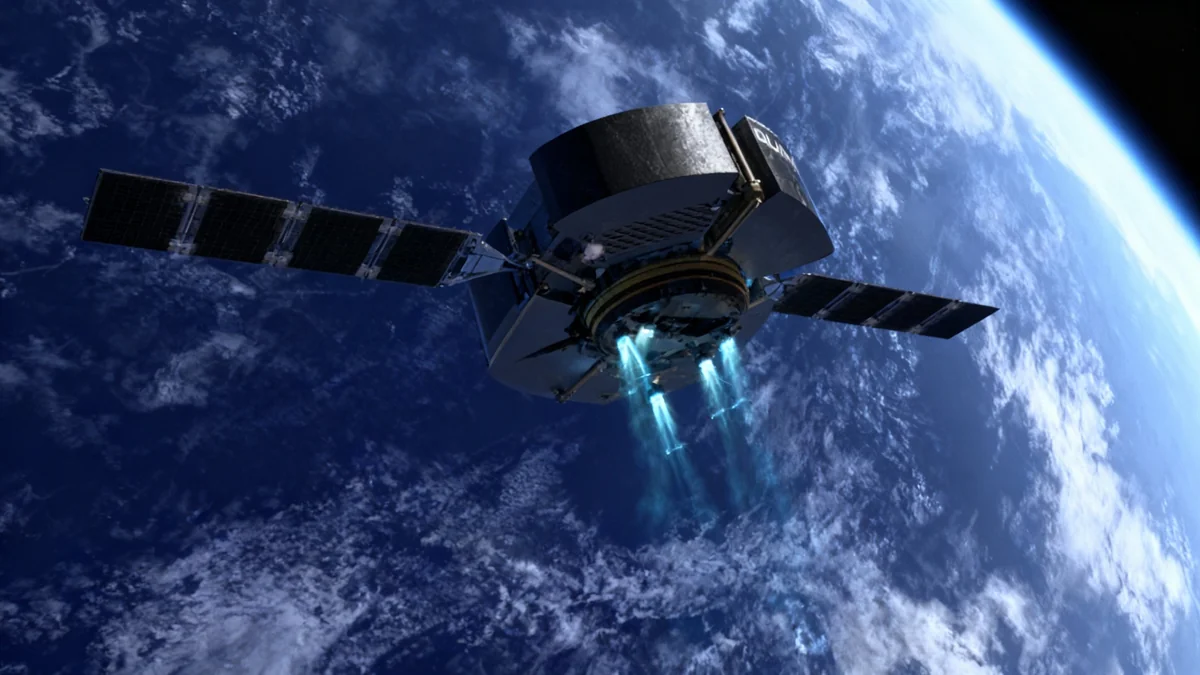SpaceX, the aerospace company founded by Elon Musk, continues to achieve significant milestones in rocket technology, including the development of its Mars-bound Starship. However, the company's public image and the enthusiasm of many space exploration supporters are increasingly influenced by the divisive actions and statements of its high-profile founder.
The company has successfully dominated the global launch market and pioneered reusable rocket technology, yet it finds itself at the center of a complex conversation about separating technological progress from the controversial figures who drive it.
Key Takeaways
- SpaceX has become the world's leading launch provider, achieving breakthroughs with reusable rocket boosters.
- The company's ultimate goal, stated since its founding, is to make humanity an interplanetary species, with a focus on Mars.
- Public perception of SpaceX is increasingly tied to the controversial public persona and political statements of its founder, Elon Musk.
- This connection creates a dilemma for space enthusiasts who admire the company's technical achievements but disagree with its founder's actions.
A New Era of Spaceflight
For decades after the Apollo program ended in 1972, human space exploration remained confined to low Earth orbit. The Space Shuttle program, while an engineering marvel, did not venture further. This perceived stagnation left many dreaming of a return to deep-space missions.
Space Exploration Technologies Corporation, or SpaceX, emerged with a clear and ambitious mission: to make life interplanetary. The company quickly moved from a startup to a dominant force in the aerospace industry, challenging established players with its focus on cost reduction and reusability.
Dominating the Skies
SpaceX is now the single largest launch provider on the planet. The company's launch cadence outpaces the combined efforts of all other nations and private entities, fundamentally changing the economics of accessing space.
Its most visible innovation is the vertical landing of its Falcon 9 rocket boosters on both land-based pads and autonomous droneships at sea. This capability allows for rapid reuse, drastically cutting the cost of launching satellites and other payloads into orbit.
The Starship Ambition
The company's current focus is on Starship, a fully reusable transportation system designed to carry crew and cargo to Earth orbit, the Moon, and eventually Mars. The stainless-steel vehicle stands approximately 400 feet tall when stacked on its Super Heavy booster, making it the most powerful rocket ever built.
The engineering behind Starship is pushing boundaries. The Super Heavy booster, which is 230 feet tall, is designed not just to land but to be caught by mechanical arms on the launch tower itself. This maneuver, known as a "catch," aims to make the booster ready for its next flight in a matter of hours.
A Legacy of Stagnation
Since the final Apollo 17 mission in December 1972, no human has traveled beyond low Earth orbit. This 50-plus-year gap in deep-space human exploration is a key motivator for private companies like SpaceX, which aim to accelerate the timeline for returning to the Moon and venturing to Mars.
These technological leaps are undeniable and have generated immense excitement. The progress represents a significant step toward the goals that space advocates have championed for generations, seemingly righting what some see as the historical wrong of abandoning deep-space exploration.
The Founder's Shadow
While SpaceX as a company has largely remained focused on its engineering goals, it has become impossible to separate it from its founder, Elon Musk. In recent years, Musk's public activities and statements have become increasingly polarizing.
His acquisition of X (formerly Twitter) and his engagement in contentious political and social debates have made him one of the most divisive figures in the world. This has created a difficult situation for many who have long admired SpaceX's mission.
Supporting the company's scientific progress is now, for some, perceived as an endorsement of Musk's personal ideologies. The once apolitical dream of space exploration has become entangled in modern political divisions.
It can be challenging to reconcile the admiration for groundbreaking engineering with disapproval of the individual behind it. This is a modern example of the age-old dilemma of separating the art from the artist.
This dynamic forces a complex choice upon the public, employees, and even government partners like NASA. The enthusiasm for watching a Starship launch or a booster landing is often tempered by the latest controversy involving the company's leader.
Navigating a Complicated Future
For many long-time space enthusiasts, the current situation is bittersweet. The technological progress they have waited decades to see is finally happening at an incredible pace. SpaceX is achieving feats that were once the exclusive domain of science fiction.
Yet, the association with a polarizing public figure complicates this excitement. The dream of humanity uniting to explore the stars now carries the baggage of terrestrial political conflicts. This has led to a more subdued or conflicted form of support from those who find Musk's actions objectionable.
Despite this, the work continues. SpaceX's rockets continue to launch, deploy satellites, and ferry astronauts to the International Space Station. The development of Starship proceeds in South Texas, with each test flight bringing the goal of an interplanetary future closer to reality.
Ultimately, the legacy of this era in space exploration will be a dual one. It will be remembered for its incredible technological leaps and for the unavoidable politicization that came with them, driven by a founder who is as much a media personality as he is an engineer.





